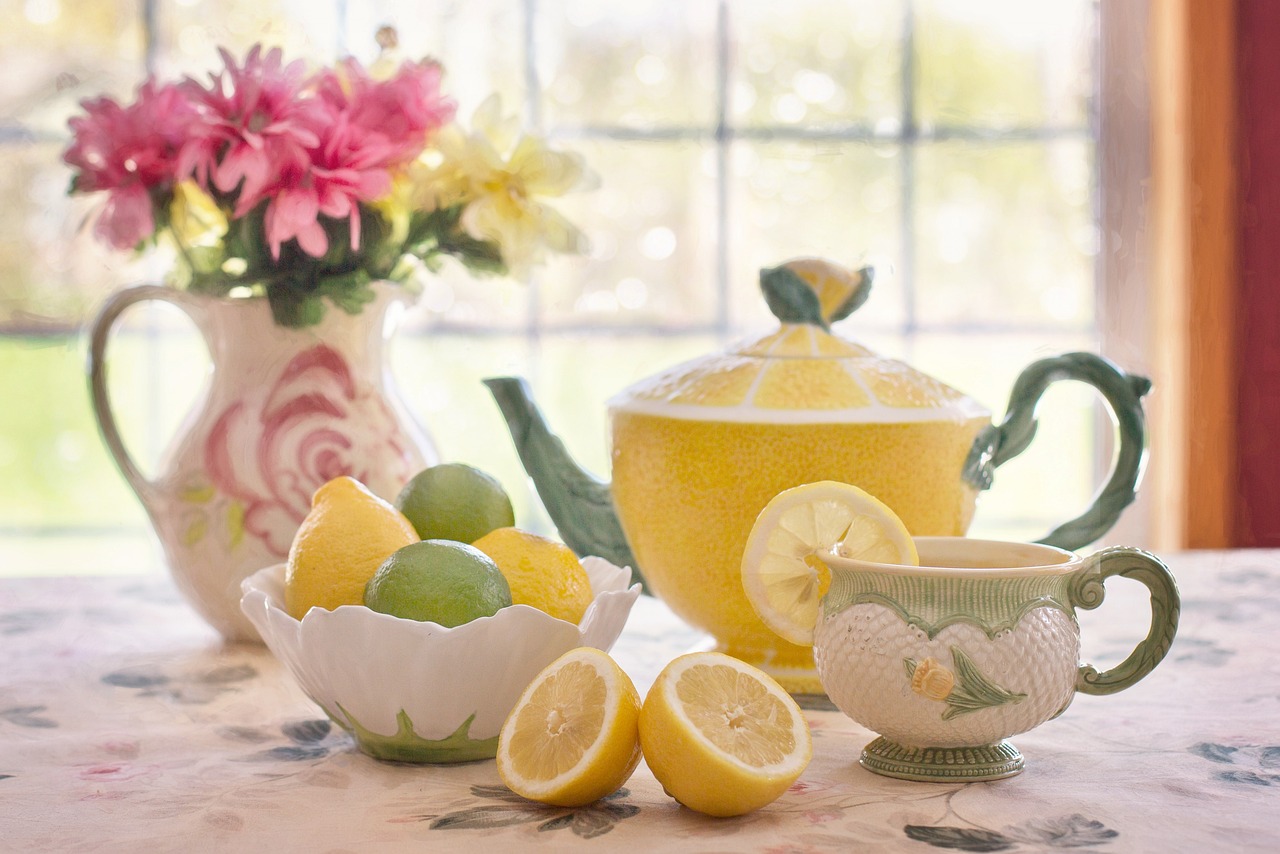
The British afternoon tea has come a long way since its origins in the aristocratic circles of the 19th century. What was once a privilege reserved for the upper class has now become a beloved tradition embraced by people from all walks of life. This delightful and quintessentially British ritual has evolved over time, adapting to the changing tastes and needs of the society. Join us on a journey through the evolution of the British afternoon tea, as we explore how it has transformed from an exclusive affair to an everyday delight.
The story of afternoon tea begins in the early 1840s when Anna, the Duchess of Bedford, famously declared that she needed a light meal to satisfy her hunger between lunch and dinner. This simple act of having tea and a few snacks in the afternoon quickly caught on among the upper classes, and soon it became a fashionable social event. The aristocracy would gather in their elegant drawing rooms, sipping tea from fine china, and indulging in a selection of sandwiches, scones, pastries, and cakes.
As the popularity of afternoon tea grew, so did the variety and creativity of the offerings. Inspired by the exotic flavors and ingredients brought back from their colonial expeditions, the British began experimenting with new flavors and incorporating them into their tea spreads. Earl Grey tea, cucumber sandwiches, and fruitcakes became staples of the afternoon tea menu, adding a touch of sophistication and adventure to the traditional affair.
However, it was during the Victorian era that afternoon tea truly flourished and became a symbol of social status and refinement. Elaborate tea services were commissioned, complete with delicate porcelain cups, silver teapots, and intricately designed cake stands. The upper class reveled in the extravagance of afternoon tea, using it as an opportunity to display their wealth and impeccable taste.
But as the 20th century dawned, the British society went through a series of profound changes. The rigid class system began to crumble, and with it, the exclusivity of afternoon tea. The two World Wars brought about a sense of unity and a need for communal bonding, making afternoon tea a more inclusive affair. People from all backgrounds found solace and comfort in gathering over a cup of tea, sharing stories, laughter, and a delicious spread of treats.
The post-war years witnessed a decline in the formalities of afternoon tea. People embraced a more relaxed and casual approach to the tradition. Tea rooms sprung up across the country, offering affordable and accessible tea experiences to the masses. Everyday Britons could now enjoy a slice of cake and a cuppa without breaking the bank or feeling out of place.
In recent years, afternoon tea has experienced a renaissance of sorts. The revival of traditional values and appreciation for heritage has sparked a renewed interest in this British institution. Artisanal tea blends, organic ingredients, and locally sourced produce are now the hallmarks of a modern afternoon tea. The focus has shifted to quality over quantity, with emphasis on the freshness and provenance of the ingredients.
Contemporary tea venues have embraced innovation, incorporating modern twists on classic recipes. Vegan and gluten-free options have become standard, catering to the diverse dietary needs of today’s society. From themed teas to afternoon tea on rooftops, the possibilities are endless, ensuring that there is something to suit every taste and occasion.
The evolution of the British afternoon tea is a testament to the adaptability and enduring appeal of this cultural tradition. What started as a pastime for the elite has evolved into an inclusive and cherished activity for everyone to enjoy. Whether you opt for a formal tea in a grand hotel or a cozy gathering in a local café, the essence of afternoon tea remains the same – a moment of respite, a celebration of good company, and a delightful indulgence for all.
So why not treat yourself to a spot of tea and some tasty treats? Dive into the evolving world of British afternoon tea and experience the magic firsthand.”
Discover more from Anglotees
Subscribe to get the latest posts sent to your email.
